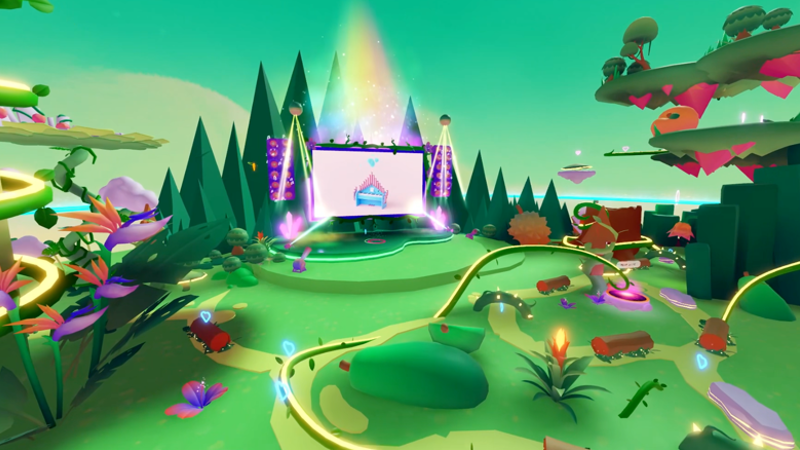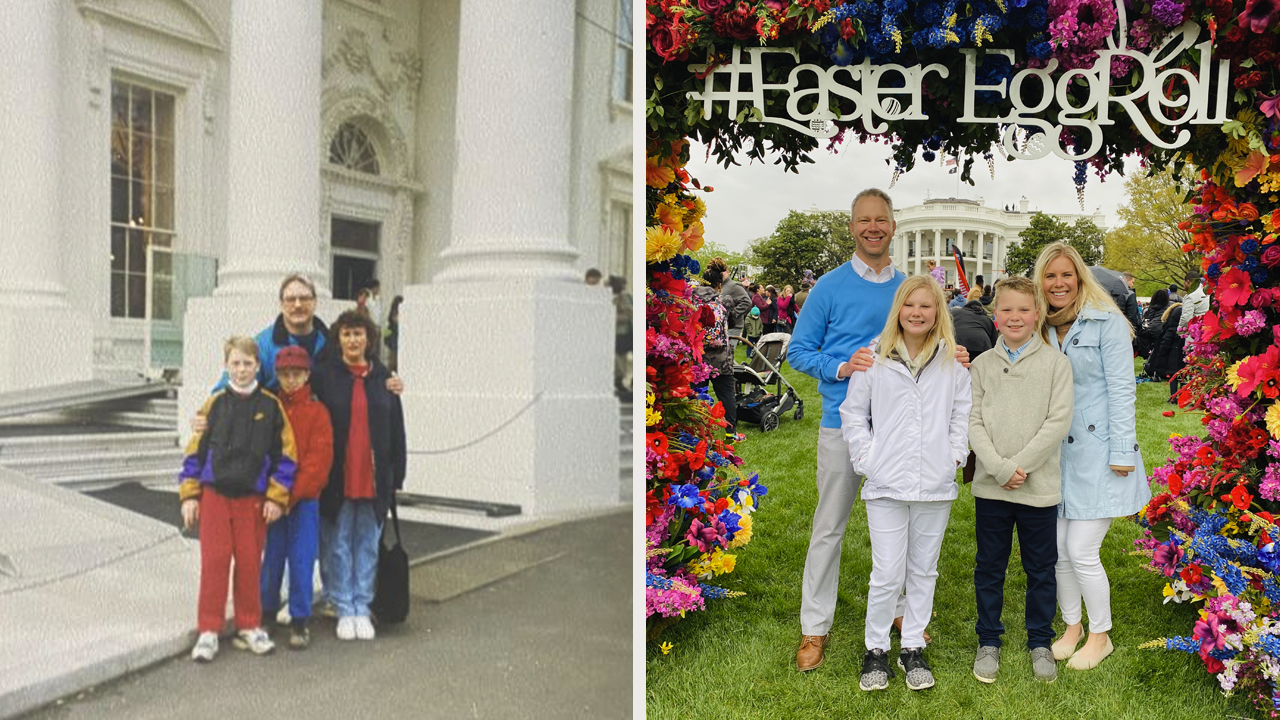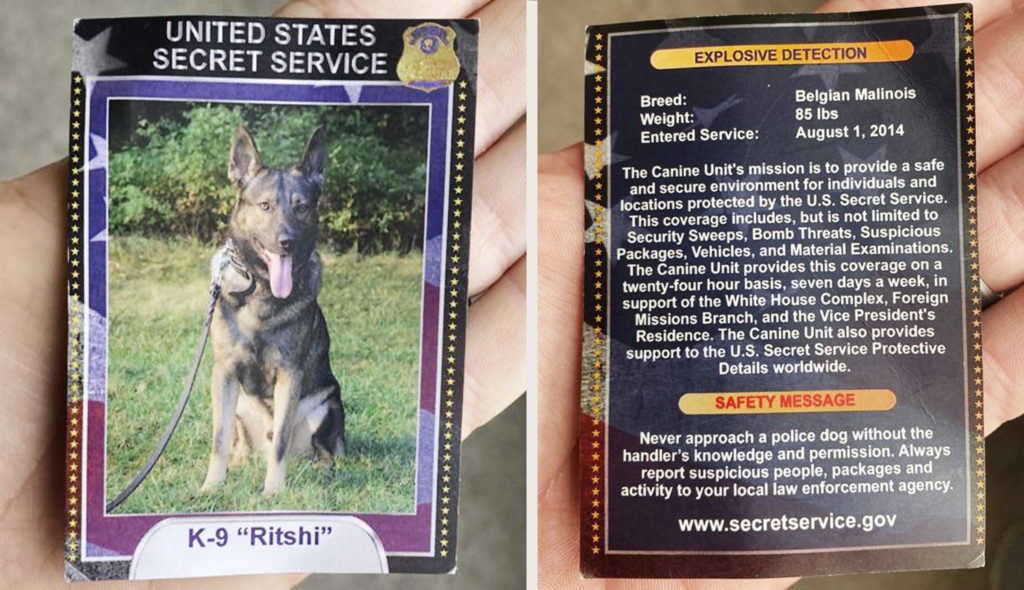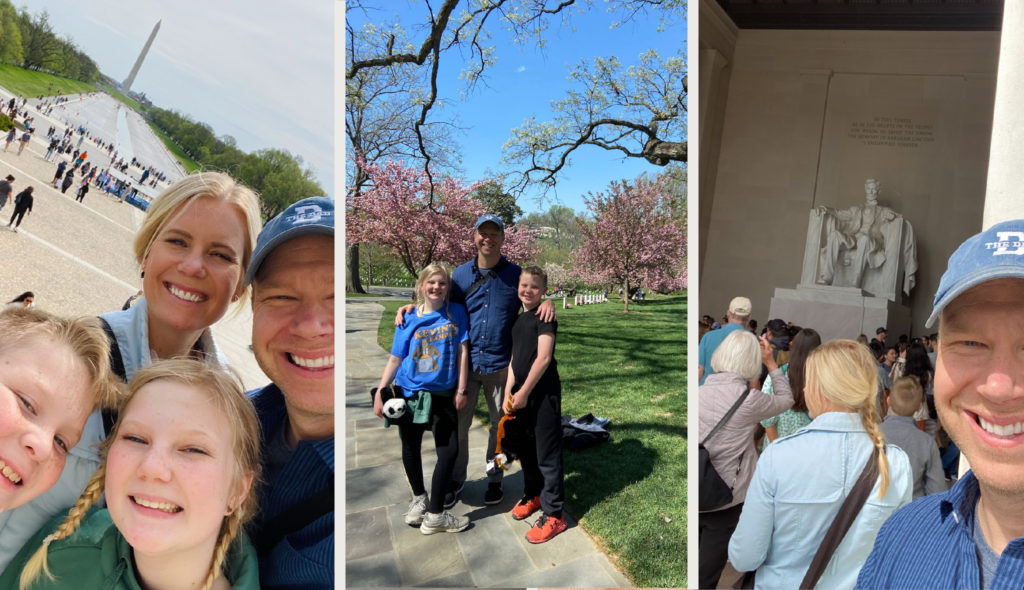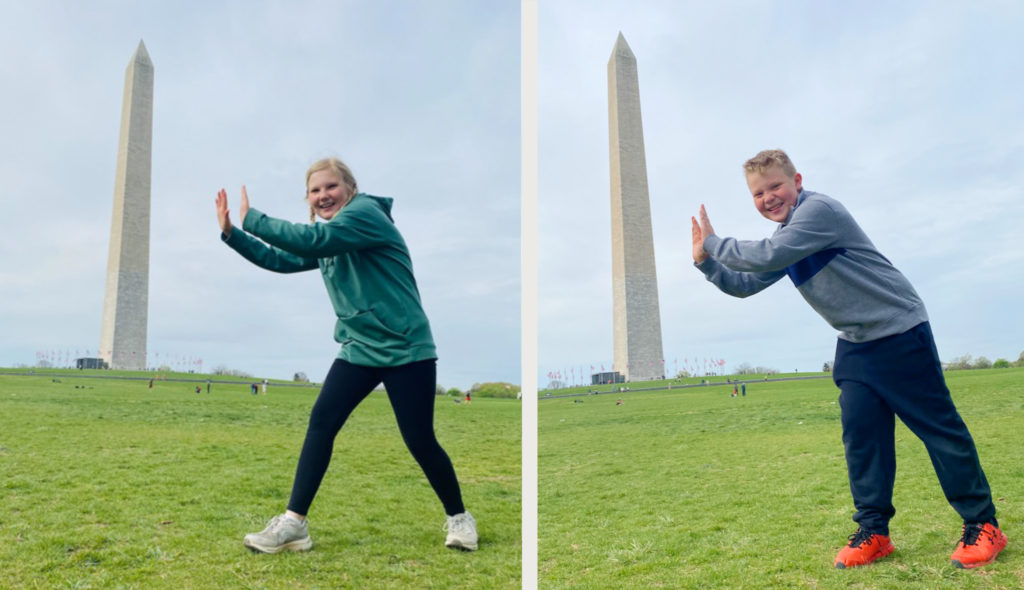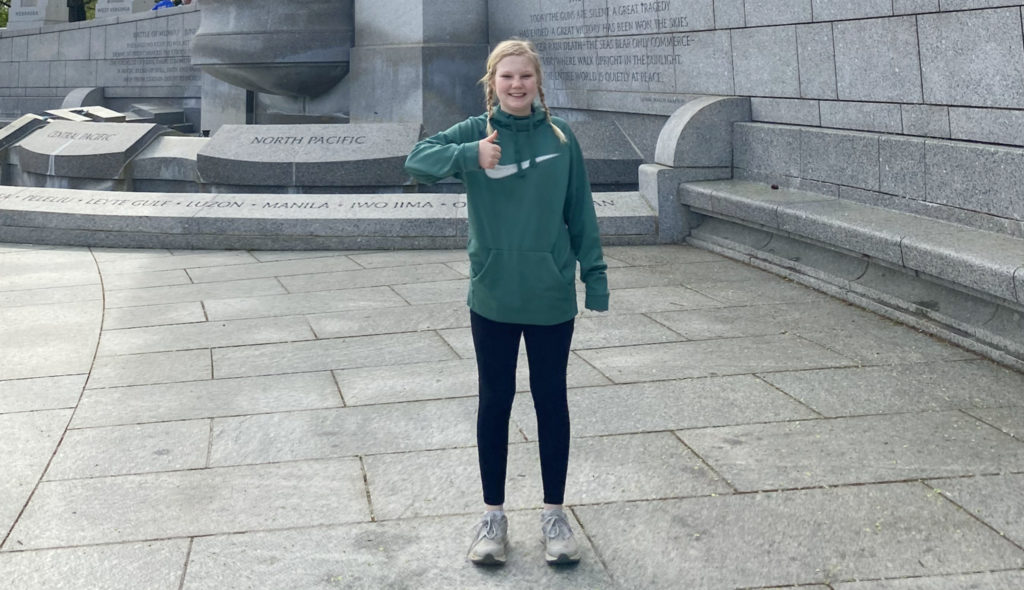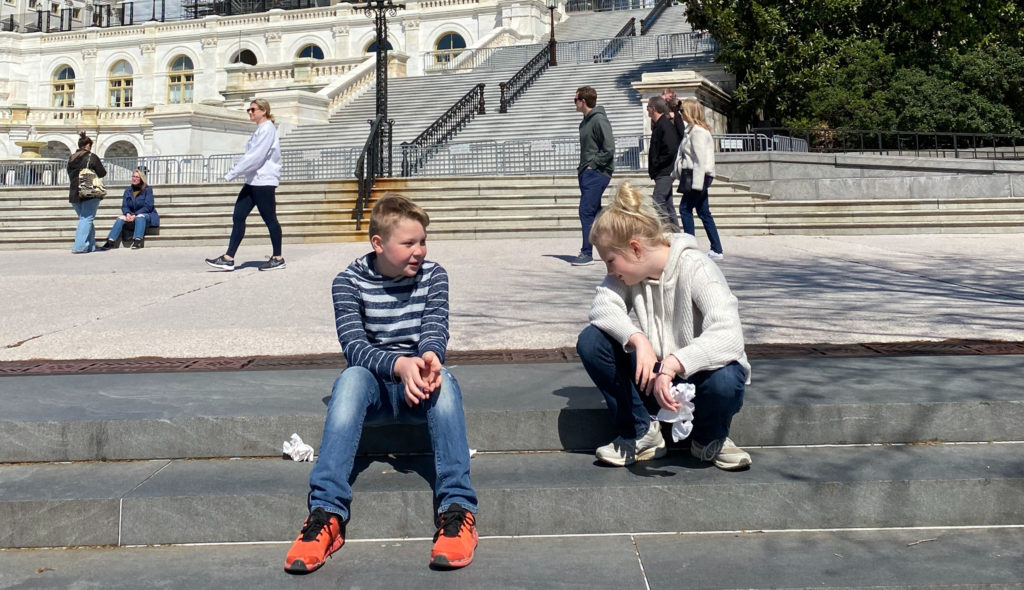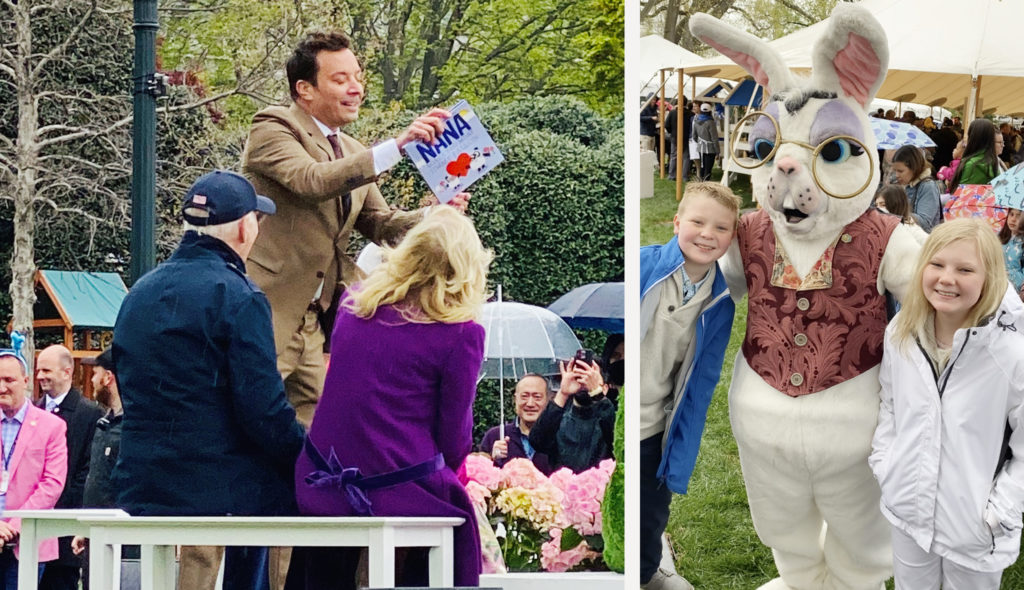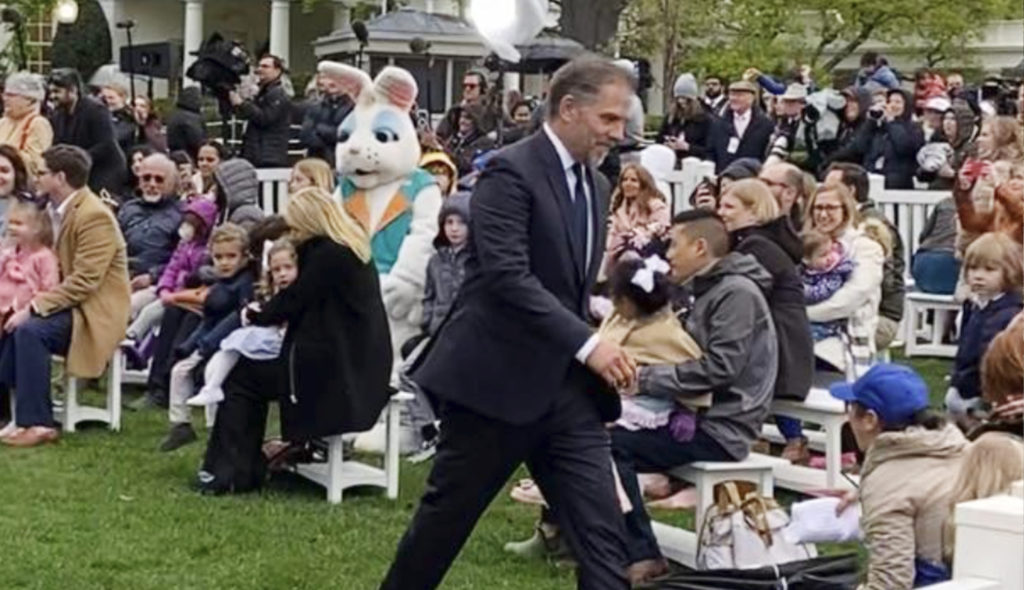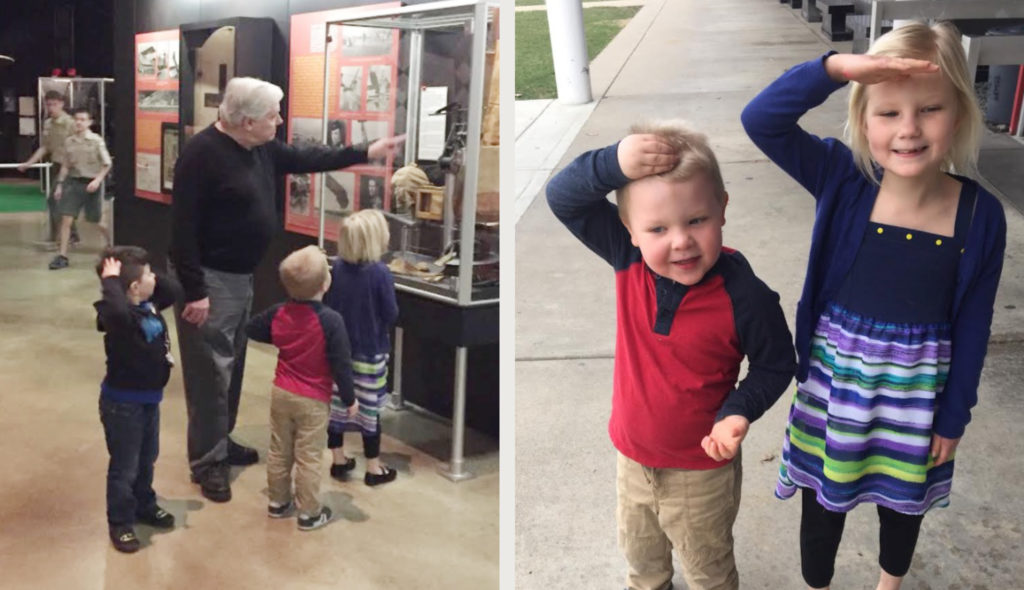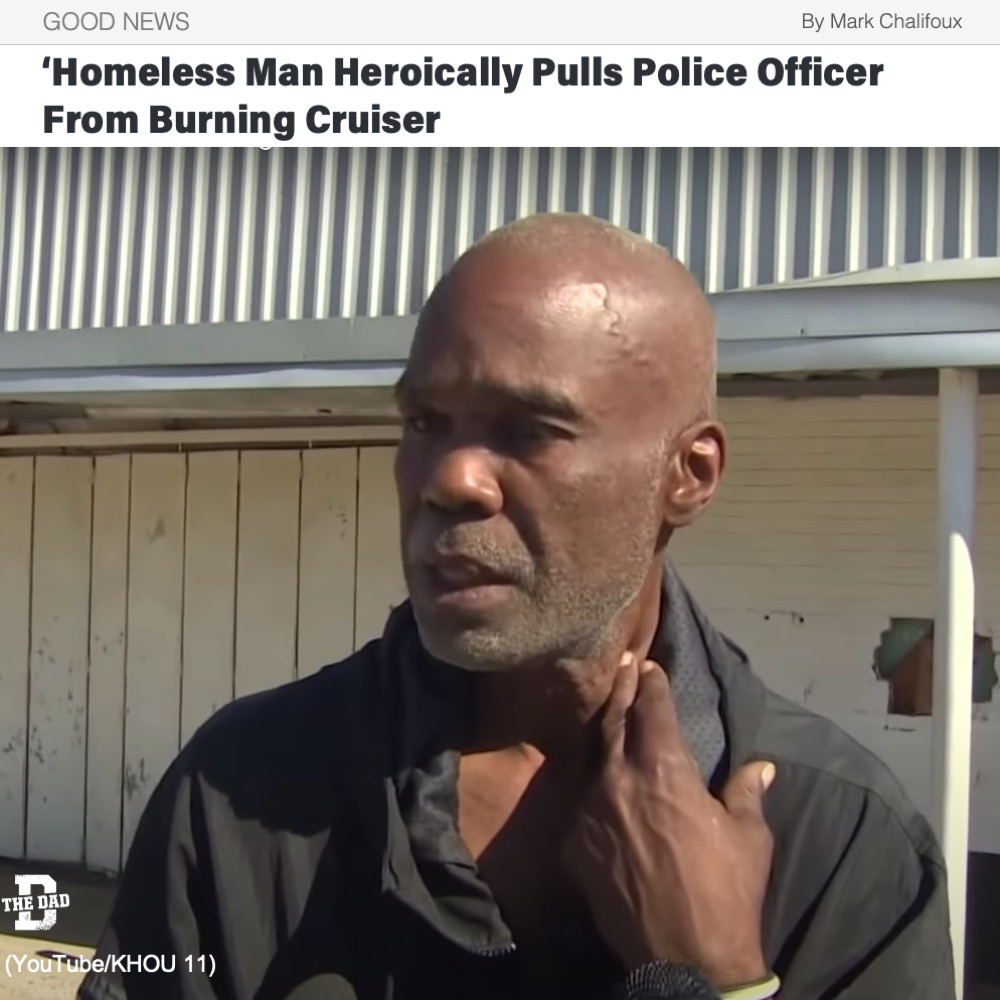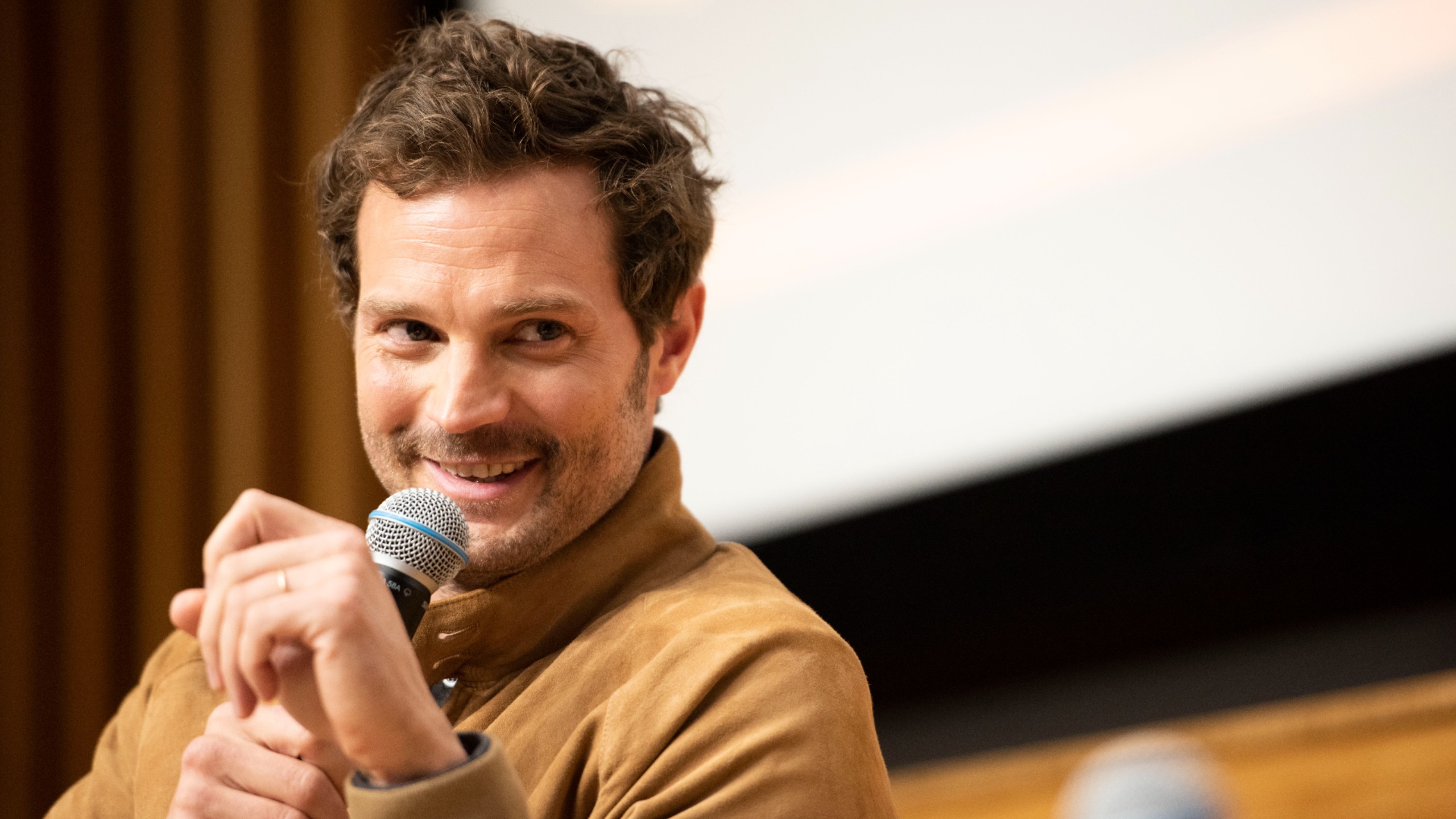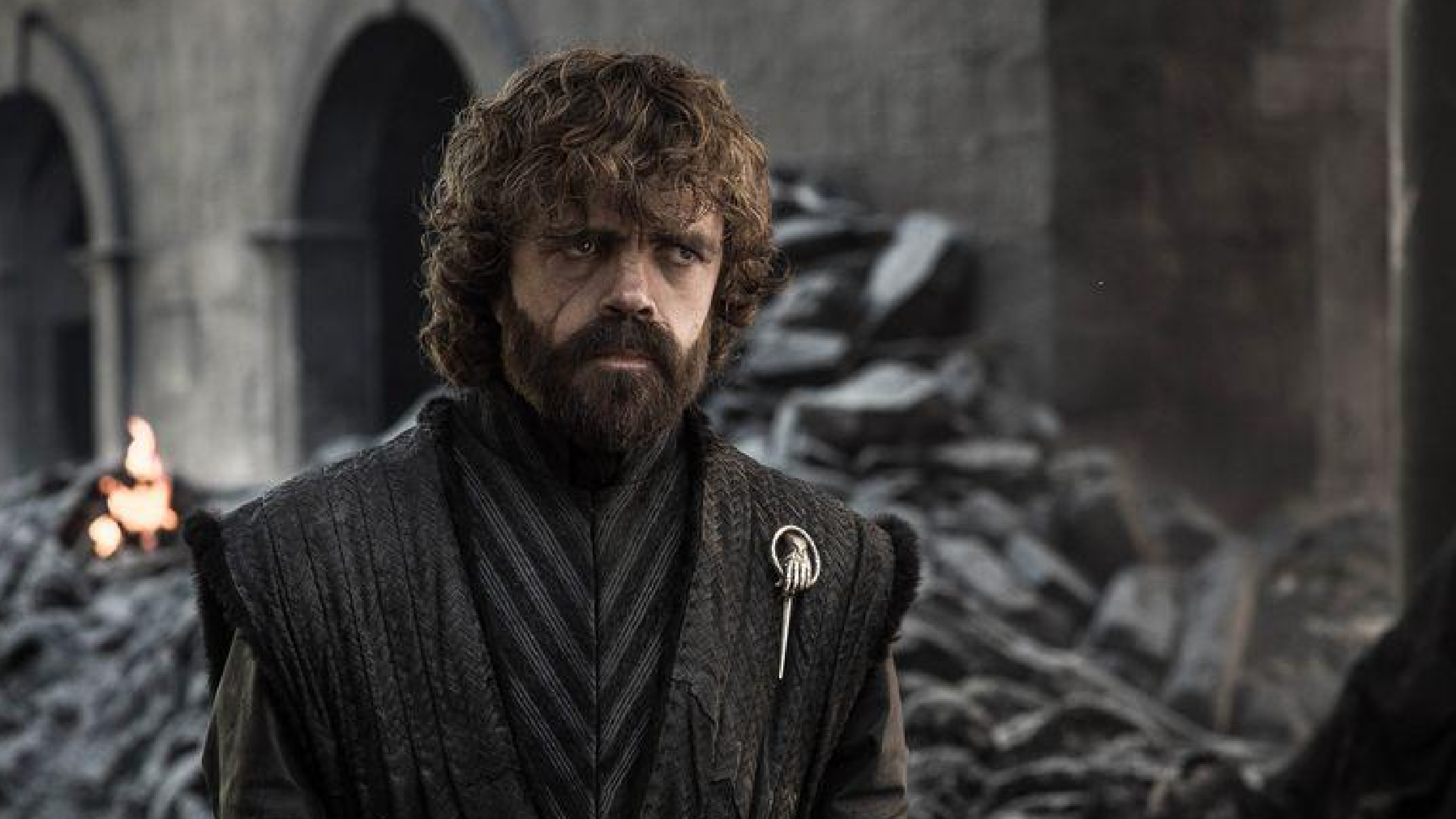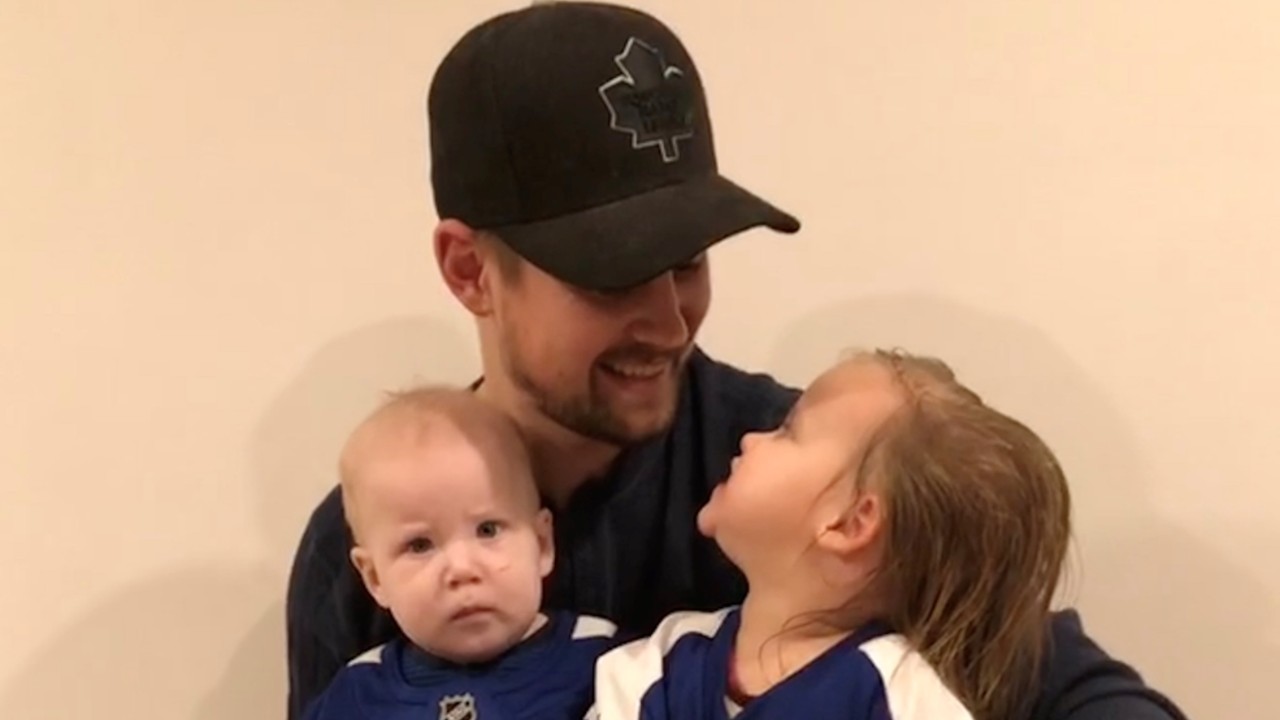
Frozen is a smash hit. I don’t need to tell you this. It made $1.3 billion at the box office and countless more in merchandise. Tangled? Not so much. It made less than half of Frozen’s haul at the box office and trying to find a Flynn Rider doll at your local Toys ‘R Us is like trying to find a chameleon in an Army Surplus store. No home is free from the scourge of Let It Go, which is heard daily in my house, hourly at the weekends.

But when it comes to Frozen: The Movie, my daughter couldn’t care less. Cries for Tangled ring out nearly as often as requests for “Padda“, but she hasn’t asked for “Elsa” once since she first saw it a few months ago.
Upon delving into the finer details of my precious offspring’s lack of interest, it became clear that her issue was one of representation. Specifically that Disney‘s 2010 offering did not contain enough characters of the equine persuasion. But this is, frankly, untrue. There are many horses in Frozen. Prince Hans has a horse, as does Anna, and there are several background equestrians in many key scenes. But none of these scenes bring effervescent joy to my daughter’s face like the moment in Tangled where the palace horse Maximus engages in a sword-fight with renowned thief Flynn Rider, who is armed only with a frying pan.

One could argue that this scene resonates so strongly merely because of the spectacle of a horse wielding a sword. But while such pageantry is impressive at first blush, it rarely holds up to multiple revisits. No, the power in this scene comes from beyond this cheap thrill. The power comes from the clash not of steel upon cast iron, but of idea upon idea, of dream upon dream. For Flynn desires nothing more than complete freedom, liberty from the hardship of everyday life, from his past, from law of the land, while Maximus’ ideals run directly counter to such libertarianism. The Rule of Law, Order, Peace. These are the things our noble steed desires. So when he crosses swords with the roguish Flynn, they fight not because of some plot contrivance, but because the fight is inevitable, because to fight is encoded in their very nature.

In contrast, the big action set-piece in Frozen sees our heroes Anna & Kristoff face off against an abomination of snow & ice, who’s inner life is not even hinted at. Does the frozen creature hate simply because he is created to do so? Does he wish to protect his creator, whom he truly loves? Or does he chase the interlopers halfheartedly, resigned to his lot in life, but without any real passion for his job? We will never know, because Frozen is uninterested in telling us.
This is emblematic of the difference between the two movies, one has depth of theme, character, and motivation, while the other has a lumbering snow-monstrosity whose dead eyes taunt the audience with their emptiness.

This creature stumbles through scenes, grimacing and screaming, with no purpose or reason for existence. His cruel creation, ripped from black nothingness into a tenuously connected collection of geometric shapes and inexplicable whims is a twisted corruption of Frozen’s own inception, seemingly Frankensteined together from jarringly unrelated song fragments. Every moment he is on screen he taunts us with his own impossibility, mugging and “joking” his way through an existence that must be as painful for him endure as it is for us to witness. And then he starts to sing.
When Tangled’s characters sing of their dreams in the modern classic “I Have A Dream”, those dreams speak to the very core of who they are. Thugs and ruffians with hearts of gold, orphans so scared of being hurt again they can’t stop running, young women who yearn to discover who they are. They dream of lives free of constraint, of freedom from the prisons of expectation and judgement. We sing along with them because their dreams are our dreams, their frustrations our frustrations.

When Olaf sings of his dreams, those dreams speak only to his emptiness. Olaf’s desire for “Summer” may match up neatly with Anna’s desire to end Elsa’s winter, but it isn’t motivated by real character growth or thematic depth. To empathize with Olaf’s dreams we must accept one of two premises:
1) He doesn’t know what Summer is, and so his desire for it is completely shallow, a wish for the baubles and trappings of a season that has absolutely no meaning to him.
or
2) He is very aware of what Summer is, and is performing ignorance to hide the dark nature of his cravings. He knows full well that the heat of Summer will destroy him, finally releasing him from his meaningless immortality.

Either option reveals thematic underpinnings to “Summer” (and hence the character of Olaf) that have absolutely nothing to do with the purported themes of Frozen, and in the case of option number 2, directly oppose those themes.
It is here that we reveal the real difference between Frozen and Tangled: Tangled is ABOUT something, Frozen is not. Every scene, every character, every song in Tangled have something to say about its themes. Hope, Dreams, and Freedom. Lost Time and Past Mistakes. Tangled’s approach to these things can be summed up in a single moment.
When King Frederick & Queen Arianna are lighting their lantern in the ceremony to commemorate the lost princess, the King looks at his wife. He suddenly looks old, tired, hurt. The camera lingers, no words are exchanged. In this silent moment we feel all the time that has gone by and all the hopes and dreams that have been dashed by that lost time. It is a moment that subtly but powerfully reinforces not only the motivations of the King, the Queen and Rapunzel, but also the deeper themes of the movie.

Frozen doesn’t have any moments like this. It wouldn’t know how. For a start, Frozen doesn’t have the time to spend on such quiet contemplation, it’s too busy filling its time with gags and songs. More importantly, upon what topic would it meditate? What, at its heart, is Frozen about?
Sure, the final scenes of Frozen are about sisterly love, but what does “Frozen Heart” or “Let It Go” or Summer” have to say about that topic? The romantic arc of the movie deliberately subverts the Disney Prince archetype, but what do Duke of Weasleton or Elsa or Olaf have to do with that idea? Elsa’s story can be read as a coming out metaphor, but what does Anna’s relationship with Kristoff or Olaf’s desire for summer have to say about coming out? Frozen contains all these things, but it is about none of them.
It seems that my daughter, unlike the general public, requires not only more horses, but more depth from her entertainment. This is some thing Frozen cannot deliver.
